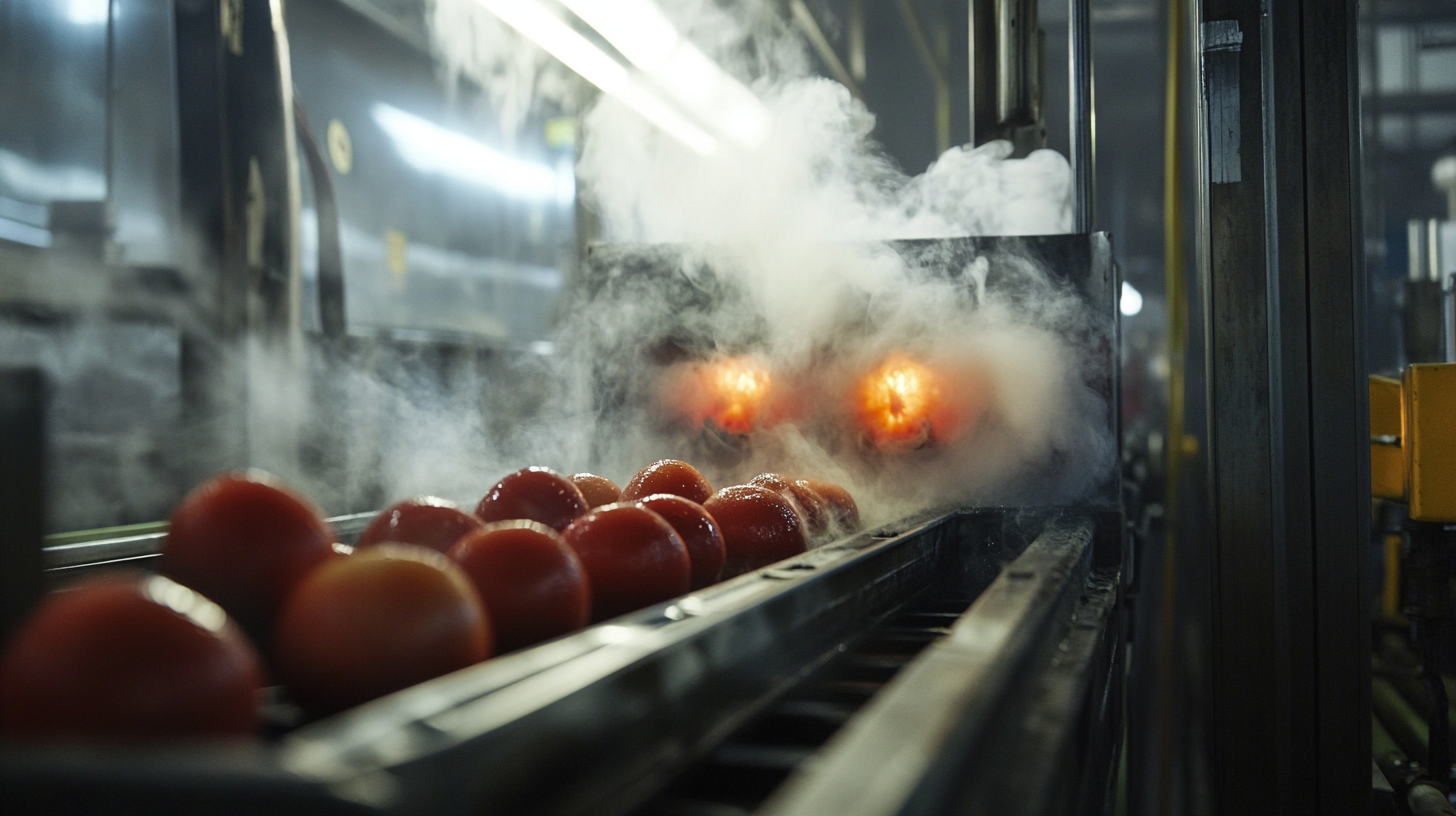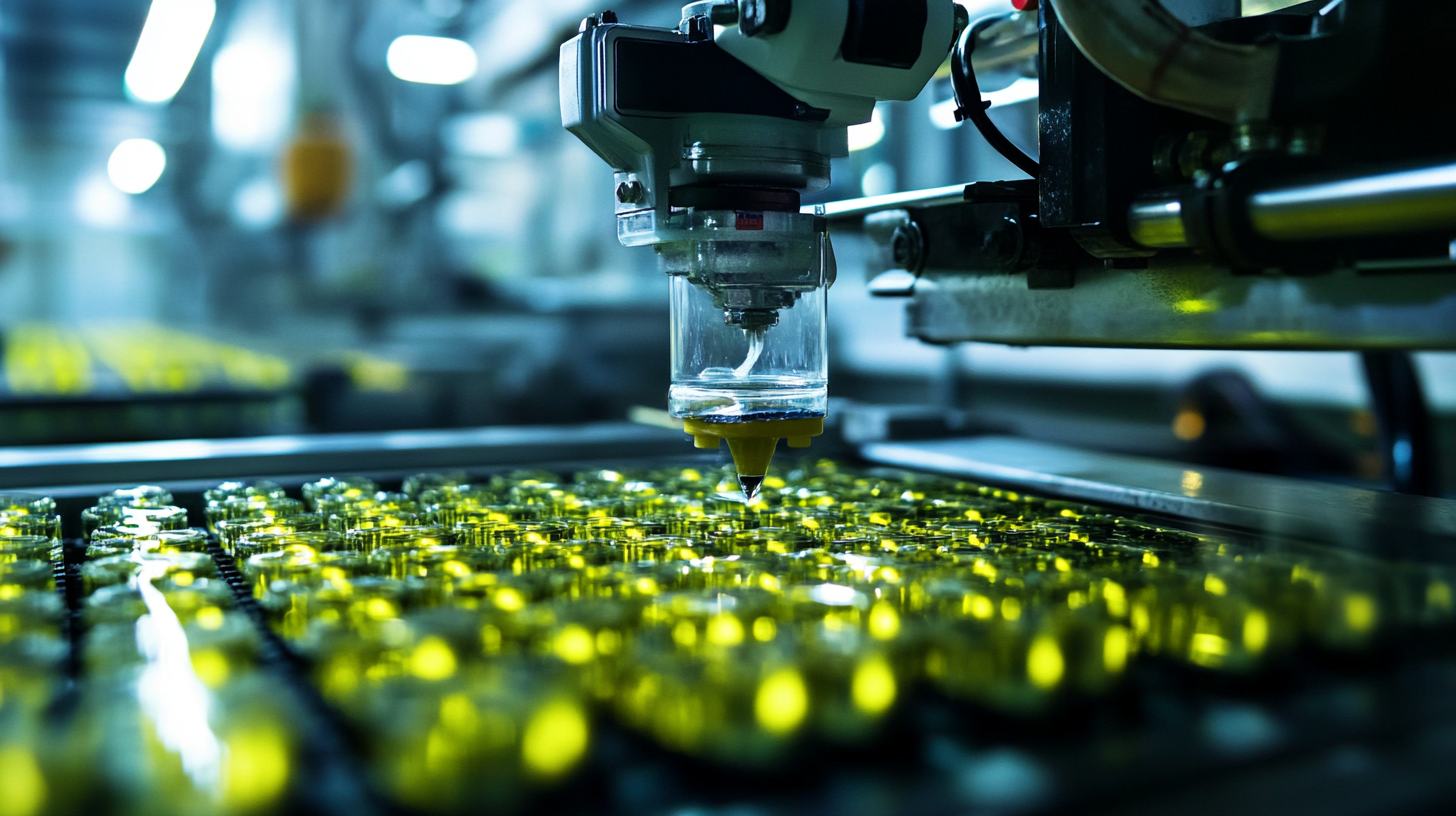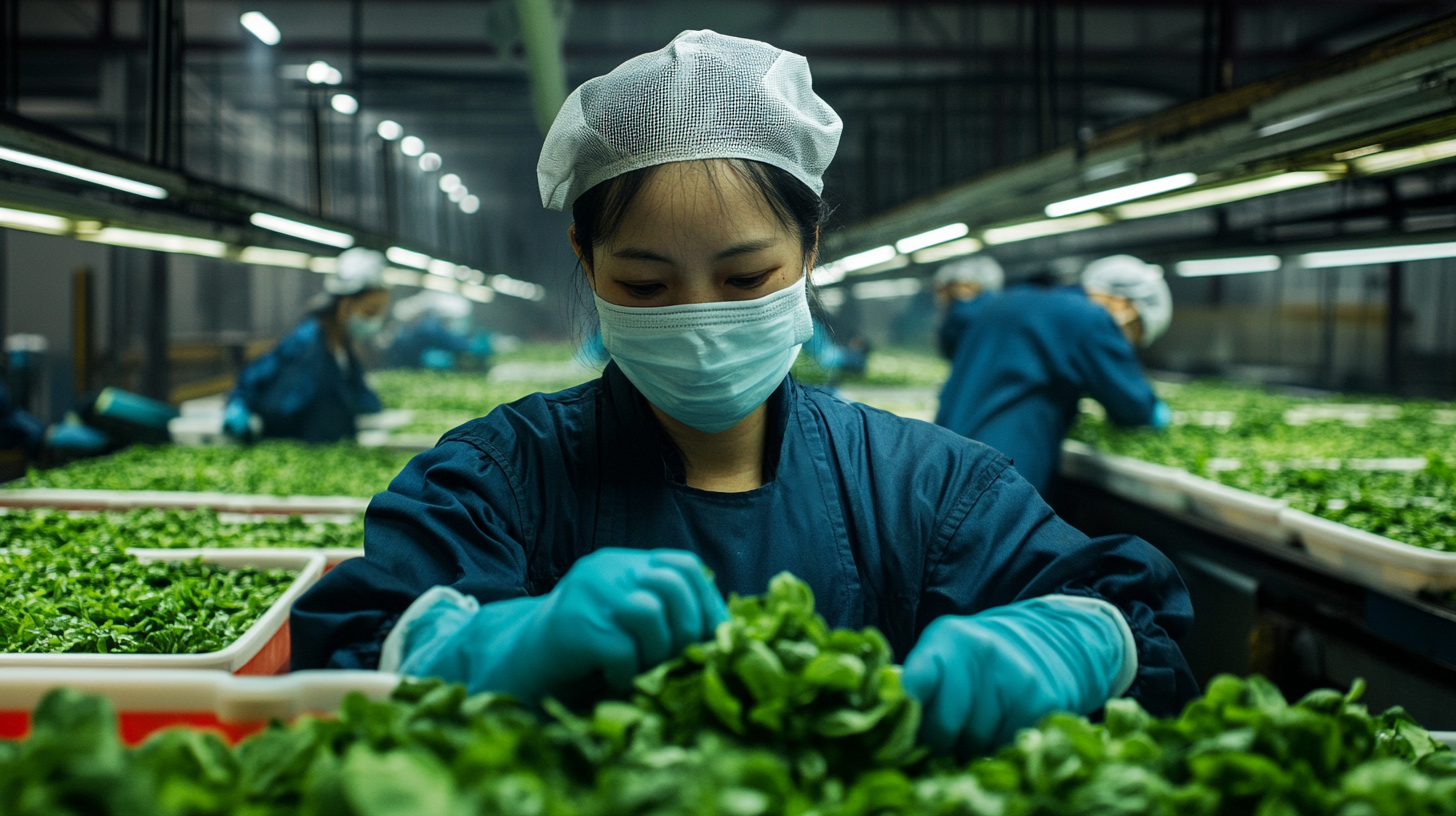
In the face of ongoing trade tensions and reciprocal tariffs between the United States and China, the resilience of China's manufacturing sector has come to the forefront. Despite these challenges, innovative solutions are being adopted to maintain competitive advantages, showcasing the adaptability and strength of Chinese industries. One shining example of this adaptability is the rise of the Automatic Steam Peeler, a cutting-edge technology that not only enhances efficiency in food processing but also positions Chinese manufacturers to meet global demands. By leveraging advanced machinery like the Automatic Steam Peeler, Chinese companies are not only coping with the pressures of tariffs but are also finding new opportunities for growth and expansion in international markets. As we delve deeper into this dynamic landscape, it becomes evident that China's manufacturing resilience is not merely a response to external challenges, but a testament to its commitment to innovation and excellence in production.

In the face of escalating tariffs, Chinese manufacturing continues to exhibit remarkable resilience, a phenomenon underscored by statistics that reveal industrial output growth even amidst economic headwinds. In April, China's industrial production soared by 6.1%, surpassing estimates, while domestic consumption rose by 5.1%. This defiance against tariff pressures highlights the capacity of Chinese manufacturers to adapt and thrive, contributing to a broader narrative of resilience within a tariff-laden landscape.
Moreover, Chinese exports have also shown unexpected strength, suggesting that the impacts of tariffs may not be as detrimental as anticipated. Manufacturers are increasingly leveraging diversification strategies to mitigate risks associated with global trade shifts, ensuring continuity in production and supply chains. As companies navigate these challenging waters, the emphasis on innovation, efficiency, and adaptability is more critical than ever, solidifying China’s position in the global manufacturing arena amidst uncertainty.
China's manufacturing sector continues to excel even in the face of challenges posed by US-China tariffs, thanks in part to innovative technologies that drive efficiency and productivity. At the forefront of this technological revolution is the introduction of advanced machinery, such as the best automatic steam peeler. This piece of equipment not only enhances the processing of food products but also reduces labor costs and increases output, showcasing how automation is reshaping traditional manufacturing practices.
Moreover, Chinese manufacturers are increasingly adopting smart technologies like artificial intelligence and the Internet of Things (IoT) to streamline operations and improve product quality. By integrating data analytics into their production processes, companies can quickly respond to market demands and enhance their competitiveness. This focus on innovation is paving the way for a more resilient manufacturing ecosystem that thrives despite external pressures, reaffirming China's position as a global manufacturing powerhouse.
As the ongoing US-China trade tensions continue to reshape the global supply chain landscape, China has been strategically repositioning itself to maintain its manufacturing dominance. The introduction of tariffs has prompted many companies to re-evaluate their sourcing decisions, pushing them to explore alternatives to traditional supply chains. In response, Chinese manufacturers are not only enhancing their productivity but also focusing on high-tech innovations, such as the development of advanced machinery like the automatic steam peeler. This equipment enhances efficiency and reduces labor costs, making Chinese products more competitive despite the tariffs.
Furthermore, the resilience of China's manufacturing sector represents a significant shift in the global economic narrative. By investing in automation and smart manufacturing technologies, China aims to mitigate the impact of tariffs while ensuring that it remains an attractive destination for foreign investment. The automatic steam peeler is a prime example of how the country is diversifying its capabilities, allowing producers to streamline operations and cater to both domestic and international markets. This adaptation underscores China's commitment to overcoming external challenges and reinforcing its position as a vital hub within the global supply chain.

The rise of automatic steam peeling technology marks a significant advancement in the manufacturing sector, especially within China. According to a report by Markets and Markets, the global steam peeling equipment market is expected to grow at a CAGR of 6.5% from 2021 to 2026, reflecting a growing demand for efficiency and quality in food processing. This surge can be attributed to the increasing consumer demand for processed foods, which require consistent quality and safety standards. As manufacturers adopt automatic steam peelers, they not only improve productivity but also enhance the overall quality of their products.
The successful implementation of automatic steam peelers in Chinese manufacturing showcases how innovation can thrive even amid global tariff challenges. A study by Mordor Intelligence highlights that manufacturers utilizing these advanced technologies can reduce peeling times by up to 50% compared to traditional methods, resulting in substantial cost savings and higher capacity. Furthermore, with the added benefit of reducing waste and improving yield, companies can respond more effectively to market demands while staying competitive on the international stage. This illustrates a clear trajectory of innovation in China's manufacturing landscape, where technology and efficiency are driving growth, despite external pressures.
In the current shifting trade environment, China's manufacturing sector demonstrates remarkable adaptability, particularly amidst the pressures of heightened tariffs from the United States. Recent analyses indicate that, despite external challenges, China's economy has shown resilience, with projections estimating a continued growth rate that could see its economic output surpass 130 trillion yuan in 2024. This resilience is crucial as manufacturers explore innovative solutions, such as the advancements in automatic steam peeling technology, which not only optimize production efficiency but also enhance product quality, positioning Chinese firms favorably in the global market.
As per insights from leading global think tanks, the focus on flexibility and adaptability in manufacturing processes is essential for overcoming potential risks associated with shifting geopolitical dynamics. Reports suggest that the next five years will see significant restructuring within global supply chains, where companies that remain agile will likely seize emerging opportunities. In this context, the rise of advanced manufacturing techniques and automation will be pivotal, allowing China to not only navigate tariff barriers effectively but also solidify its status as a key player in the global economy. Embracing these technological transitions will be integral to meeting consumer demands and sustaining growth in an increasingly competitive landscape.
